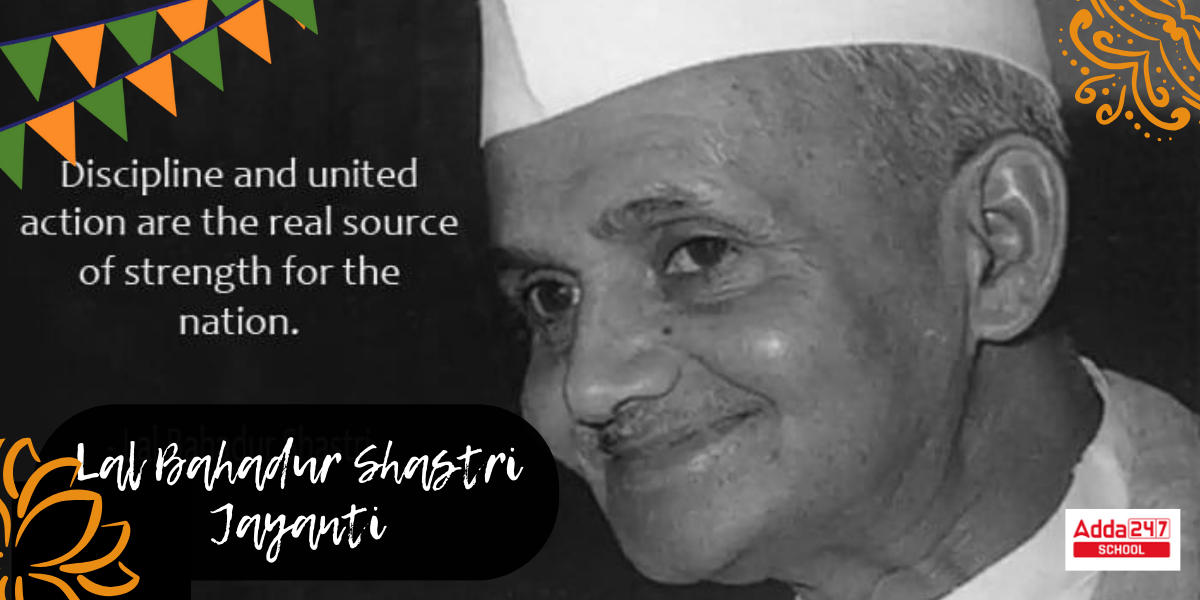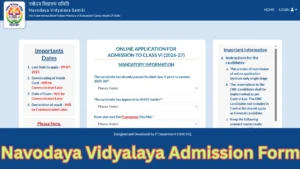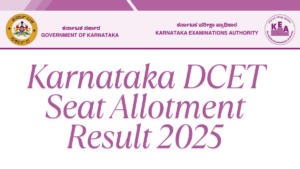Lal Bahadur Shastri Jayanti: Each year on October 2, the entire India commemorates “Lal Bahadur Shastri Jayanti,” his birth anniversary, together with “Gandhi Jayanti.” Shri Lal Bahadur Shastri is India’s second Prime Minister. Besides that Lal Bahadur Shastri ji was a respected Indian politician who stood for our country’s freedom and motivated many others to join the struggle. Shastri Ji’s popularised the slogan “Jai Jawan Jai Kisan” by emphasizing the necessity of self-reliance and its independence as the core components of a strong nation.
Lal Bahadur Shastri Jayanti
On October 2nd all celebrate Lal Bahadur Shastri Jayanti all over India by organizing Lal Bahadur Shastri Jayanti speech or essay competition to give tribute to this great leader. We have included short and long Lal Bahadur Shastri Jayanti speech in English, and Hindi, as well as his biography, for youngsters of any generation in this article. Students will learn how to write a standard essay by reviewing these sample Lal Bahadur Shastri Jayanti speech in English or Hindi. These essays will also be highly useful for school activities when one is required to give a speech, submit an essay, or participate in a debate contest.
Lal Bahadur Shastri Jayanti Speach in English
Step 1 – Before you begin your Lal Bahadur Shastri Jayanti speech, introduce yourself and briefly explain why you have gathered here to celebrate.
For example – “Good morning, respected principal, instructors, and my dear companions, we have all gathered here to celebrate the Lal Bahadur Shastri Jayanti …..”
Step 2 – Now begin your planned Lal Bahadur Shastri Jayanti speech in English for today.
Lal Bahadur Shastri Jayanti Short speech –
Lal Bahadur Shastri was born in Mughalsarai, Uttar Pradesh, on October 2, 1904. He served as India’s second Prime Minister. He was well-known for his humble upbringing, simplicity, truthfulness, and commitment to public service. After graduating from Varanasi’s Kashi Vidyapeeth in 1925, he earned the title “Shastri.” The term “Shastri” refers to a “scholar” or someone competent in the “Holy Scriptures.”
He was a notable independence campaigner in India against British colonial rule. Following India’s independence in 1947, Shastri joined the Indian National Congress, the country’s dominant political party at the time. Shastri Ji was also a prominent player in promoting agricultural self-sufficiency during the Green Revolution.
He originated the iconic slogan “Jai Jawan Jai Kisan” to bolster morale during the 1965 India-Pakistan war. Shastri ji had traveled to Tashkent to meet with Pakistani President Ayub Khan in order to achieve an understanding of the situation following the India-Pakistan conflict. The Tashkent Agreement, which concluded the conflict between India and Pakistan in 1966, was his most notable achievement as Prime Minister.
Lal Bahadur Shastri perished in Tashkent, Uzbekistan, on January 11, 1966. His death is still being probed to this day. Shastri ji will be regarded as a model of integrity from whom teachings can be drawn.
Lal Bahadur Shastri Jayanti Quotes in English
Lal Bahadur Shashtri was a brilliant politician. Under Lal Bahadur Shashtri’s guidance, the entire country was on the road to progress. A list of famous quotes is provided here.
- “The basic idea of governance, as I see it, is to hold the society together so that it can develop and march towards certain goals.”
- We believe in man’s dignity as an individual, regardless of race, color, or creed, and in his right to a better, fuller, and richer life.
- “We believe in peace and peaceful development, not only for ourselves but for people all over the world.”
- Our country is unusual in that we have Hindus, Muslims, Christians, Sikhs, Parsis, and members of all other religions. There are temples and mosques, as well as gurdwaras and churches. But none of this is brought up in politics… That is the distinction between India and Pakistan.
- Our path is clear: create a socialist democracy at home, with freedom and prosperity for all, and maintain world peace and friendship with all nations abroad.
- If even one individual is said to be untouchable, India will be forced to hang her head in shame.
Lal Bahadur Shastri Jayanti Wishes
Lal Bahadur Shastri and Mahatma Gandhi were both born on October 2, hence all occasions to commemorate this day often follow the same pattern. On October 2nd, you can use several Lal Bahadur Shastri Jayanti wishes.
- Let’s keep Lal Bahadur Shastri Ji in our thoughts. He was a visionary leader. Happy birthday, Lal Bahadur Shastri.
- “Jai Jawan Jai Kisan” . Greetings on Lal Bahadur Shastri Jayanti.
Lal Bahadur Shastri Jayanti Long Speach
Introduction – Lal Bahadur Shastri was India’s second Prime Minister after independence. Lal Bahadur Shastri emerged in a Hindu middle-class household on October 2, 1904. Though his family had no connection to the Indian liberation struggle, Shastri felt strongly for his nation and resolved to join the freedom struggle at a young age. Shastri Ji became deeply involved in the liberation movement and felt compelled to take action for his nation.
Early Life and Family – Sharada Prasad Srivastava, his father, was a school teacher who later became a clerk at the Allahabad Revenue Office, while Ramdulari Devi was a housewife. Kailashi Devi and Sundari Devi were Shastri’s sisters. Sharada, Lal Bahadur’s father, died when he was only two years old. His mother Ramdulari Devi took him and his two sisters to their maternal grandfather HazariLal’s house. Lalita Devi, Ganesh Prasad’s youngest daughter, married Lal Bahadur Shastri in 1928. He refused to accept a dowry because he opposed the prevailing “dowry system.” However, after a lot of pushing from his father-in-law, he agreed to accept only five yards of khadi (cotton) as dowry.
Education – His studies continued at Harishchandra High School and Kashi Vidyapeeth. After acquiring the surname of Shastri from Kashi Vidyapeeth, he dropped the caste word ‘Srivastava’ from his name, replacing it with ‘Shastri’. Following this, the name Shastri became associated with the name Lal Bahadur.
Political Life – When Lal Bahadur Shastri was still enrolled in school, he witnessed a Mahatma Gandhi assembly and was strongly moved by his ideals. He was astonished by Gandhi ji’s ability to make a profound impression on the British without resorting to agitation or violence. After hearing Mahatma Gandhi’s speech in 1915, he resolved to actively participate in the campaign for India’s freedom.
Following India’s independence in 1947, Shastri embraced the Indian National Congress, the country’s dominant political party at the time. He soon advanced throughout the ranks of the party, working in many capacities. As India gained independence on August 15, 1947, Shastri was appointed the Minister of Police and Transport of the United Province (now Uttar Pradesh). During his reign, he dedicated himself to serving the country. He managed a number of important circumstances with insight and implemented novel concepts in both sectors. Shastri Ji was appointed General Secretary of the All India Congress Committee in 1951. He performed well in this job. On May 13, 1952, he was appointed Union Minister of Railways.
Shastri Ji as India’s Second Prime Minister – Following the untimely death of Pundit Jawaharlal Nehru in 1964, Shastri was appointed Prime Minister of India. As the country’s Prime Minister, he was popular with the public. Shastri tackled a variety of fundamental concerns, including food insecurity, unemployment, and poverty. Shastri asked the experts to devise a long-term strategy to address the grave food scarcity. This was the beginning of the famous “Green Revolution.” In addition to the Green Revolution, he helped to promote the White Revolution. Following the Chinese attack of 1962, India faced another invasion from Pakistan during Shastri’s presidency in 1965. During the Indo-Pak war of 1965, his slogan, Jai Jawan Jai Kisan, became tremendously famous.
He coined the phrase in order to motivate and applaud on the warriors and farmers who worked and served their country day and night. This slogan is still popular today and has been utilized to motivate both farmers and heroes. The Indo-Pak War ended on September 23, 1965, when the United Nations passed a resolution advocating for a cease-fire. Lal Bahadur Shastri and his Pakistani counterpart Ayub Khan adopted the Tashkent Declaration on January 10, 1966.
Conclusion – Lal Bahadur Shastri died after a third heart arrest on January 11, 1966. He is the sole Indian Prime Minister to have died outside of India. Many people were caught off guard by this news. He was alleged to have been poisoned, but this could not be proved because his post-mortem was not performed. Lal Bahadur Shastri was posthumously awarded the Bharat Ratna, India’s highest civilian distinction, in 1966.









 Jawahar Navodaya Vidyalaya Admission For...
Jawahar Navodaya Vidyalaya Admission For...
 Karnataka DCET Seat Allotment Result 202...
Karnataka DCET Seat Allotment Result 202...
 AP POLYCET Seat Allotment Result 2025 OU...
AP POLYCET Seat Allotment Result 2025 OU...









